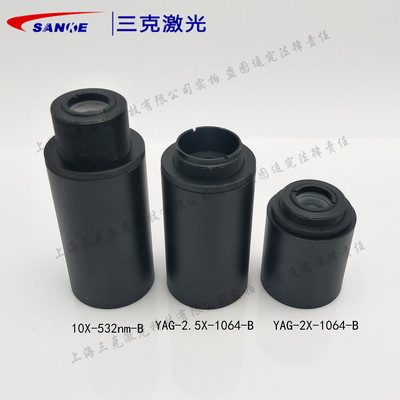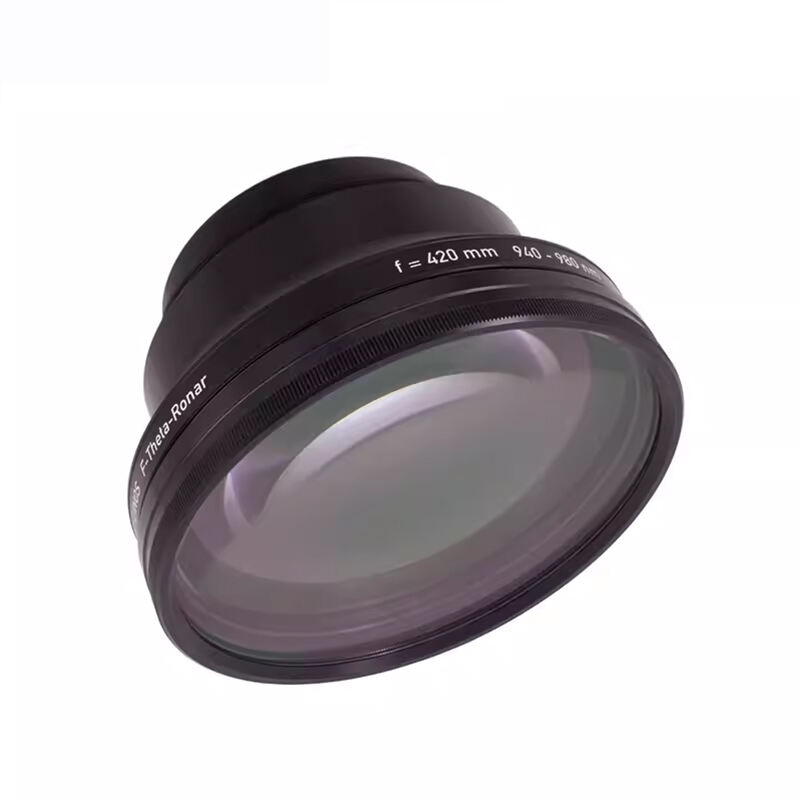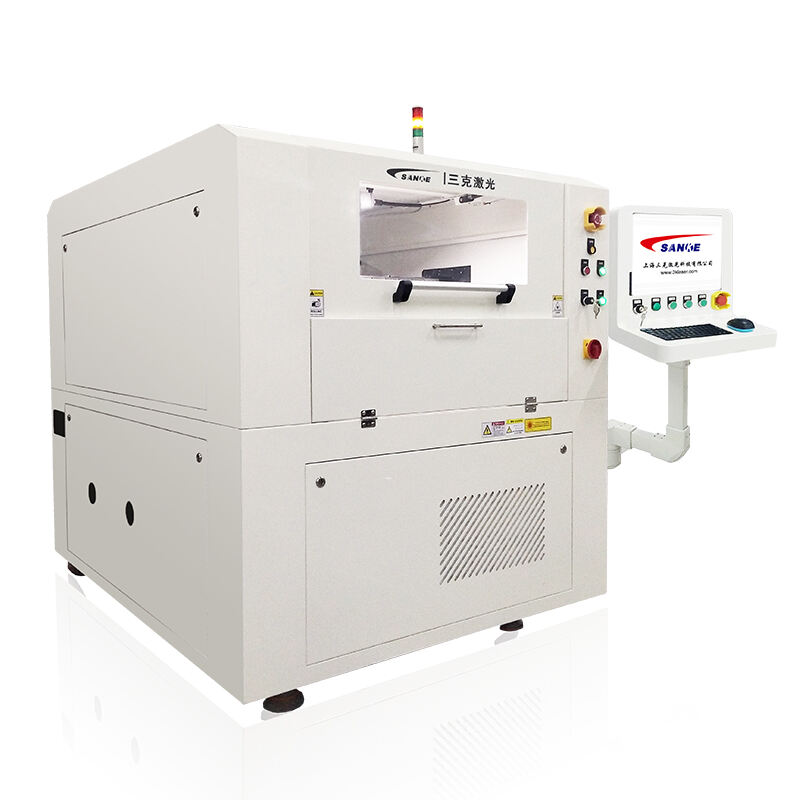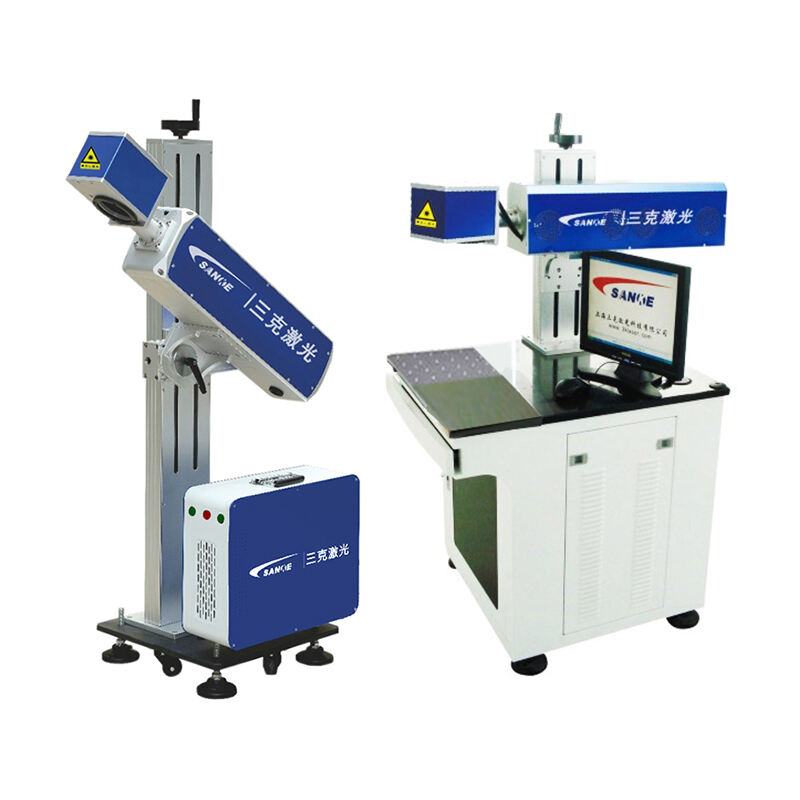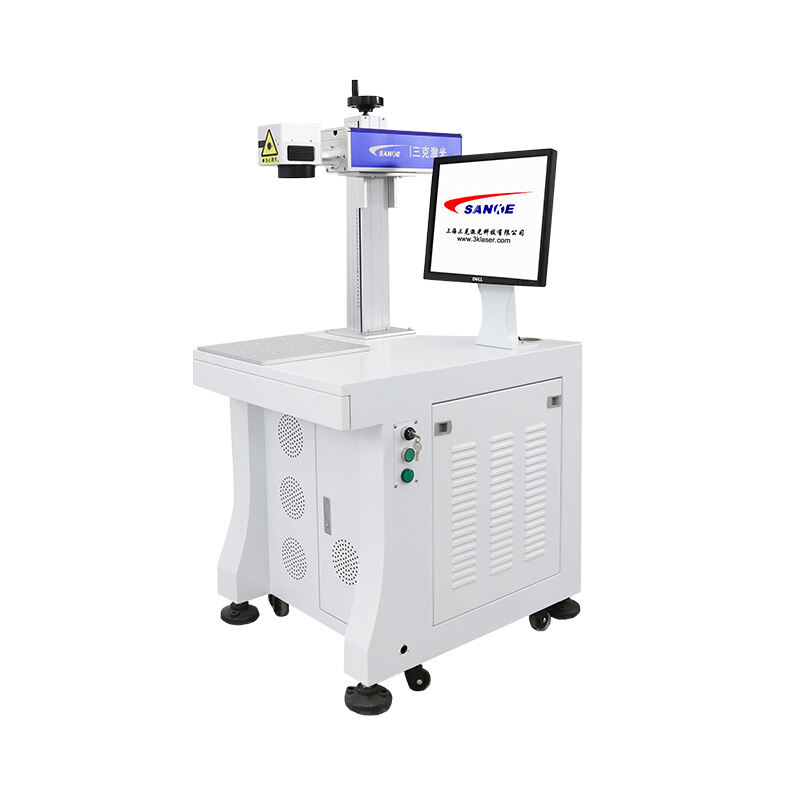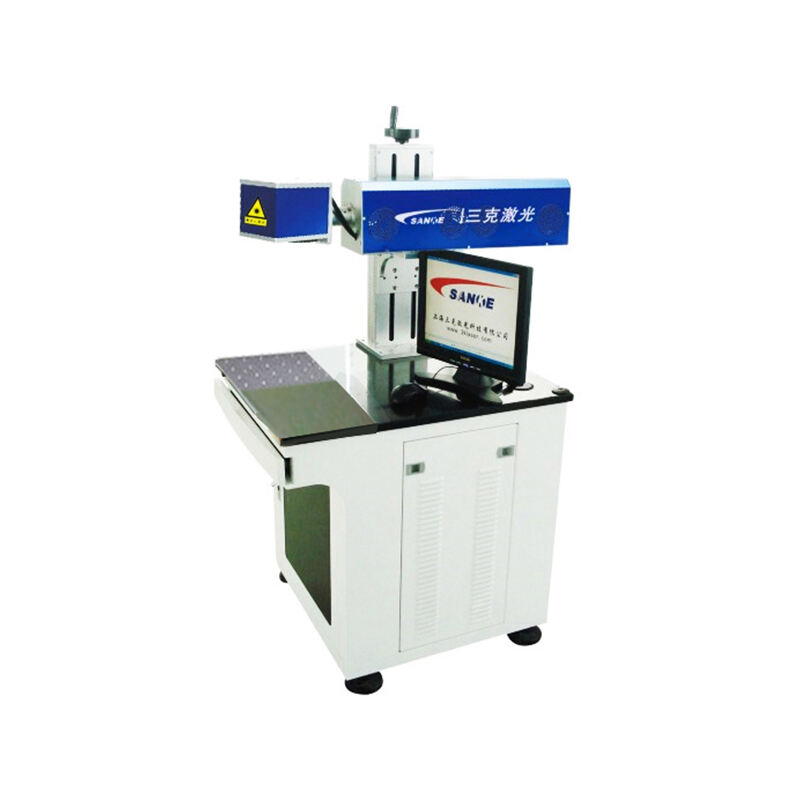آلة علامات الليزر للمجوهرات
تمثل آلة وسم المجوهرات بالليزر تقدماً ثورياً في تقنية النقش الدقيقة والتخصيص المصممة خصيصاً لصناعة المجوهرات. تستخدم هذه المعدات المتطورة أشعة ليزر عالية القوة لإنشاء علامات دائمة ودقيقة على مختلف مواد المجوهرات بما في ذلك الذهب والفضة والبلاتين والتيتانيوم والأحجار الكريمة. تعمل آلة وسم المجوهرات بالليزر من خلال أنظمة تحكم حاسوبية تضمن دقة استثنائية وإمكانية التكرار في كل عملية وسم. تدمج الآلات الحديثة لوسوم المجوهرات تقنية الليزر الليفيّة التي توفر جودة شعاع متفوقة وكفاءة في استهلاك الطاقة مقارنة بالطرق التقليدية للوسم. وتتميز هذه الأنظمة بإعدادات قابلة للتعديل في القدرة، مما يمكّن الصاغة من العمل مع مواد مختلفة والوصول إلى أعماق متباينة للنقش. وعادةً ما تحتوي آلة وسم المجوهرات بالليزر على برنامج متطور يدعم تنسيقات ملفات مختلفة، ما يمكن المستخدمين من استيراد تصاميم مخصصة وشعارات ونصوص وأنماط معقدة مباشرة إلى النظام. ويُعد التصميم المدمج للجهاز مناسباً لكل من المرافق الكبيرة للإنتاج والمحلات الصغيرة لصناعة المجوهرات. وتشمل ميزات السلامة الأغلفة الواقية وأزرار إيقاف الطوارئ وأنظمة سحب الأبخرة لضمان حماية العامل أثناء التشغيل. وتقدم آلة وسم المجوهرات بالليزر عدة أوضاع وسم تشمل النقش، والحفر، والتلدين، وتنعيم السطح، ما يوفر مرونة لمختلف تطبيقات المجوهرات. وتحافظ أنظمة التحكم في درجة الحرارة على ظروف تشغيل مثالية، في حين تضمن طاولات التموضع الدقيقة وضع القطع بدقة خلال عملية الوسم. ويتيح الواجهة سهلة الاستخدام للعاملين تعديل المعلمات مثل قدرة الليزر والسرعة والتكرار بسهولة لتحقيق النتائج المرغوبة في الوسم. وتشكل متطلبات الصيانة الدورية الحد الأدنى، ما يجعل آلة وسم المجوهرات بالليزر حلاً اقتصادياً للشركات بجميع أحجامها. كما تتيح إمكانات الدمج لهذه الآلات الاتصال بأنظمة الإنتاج الحالية وعمليات ضبط الجودة، مما يسهم في تبسيط كفاءة سير العمل في عمليات تصنيع المجوهرات.
 EN
EN
 AR
AR
 FR
FR
 DE
DE
 JA
JA
 KO
KO
 RU
RU
 ES
ES


